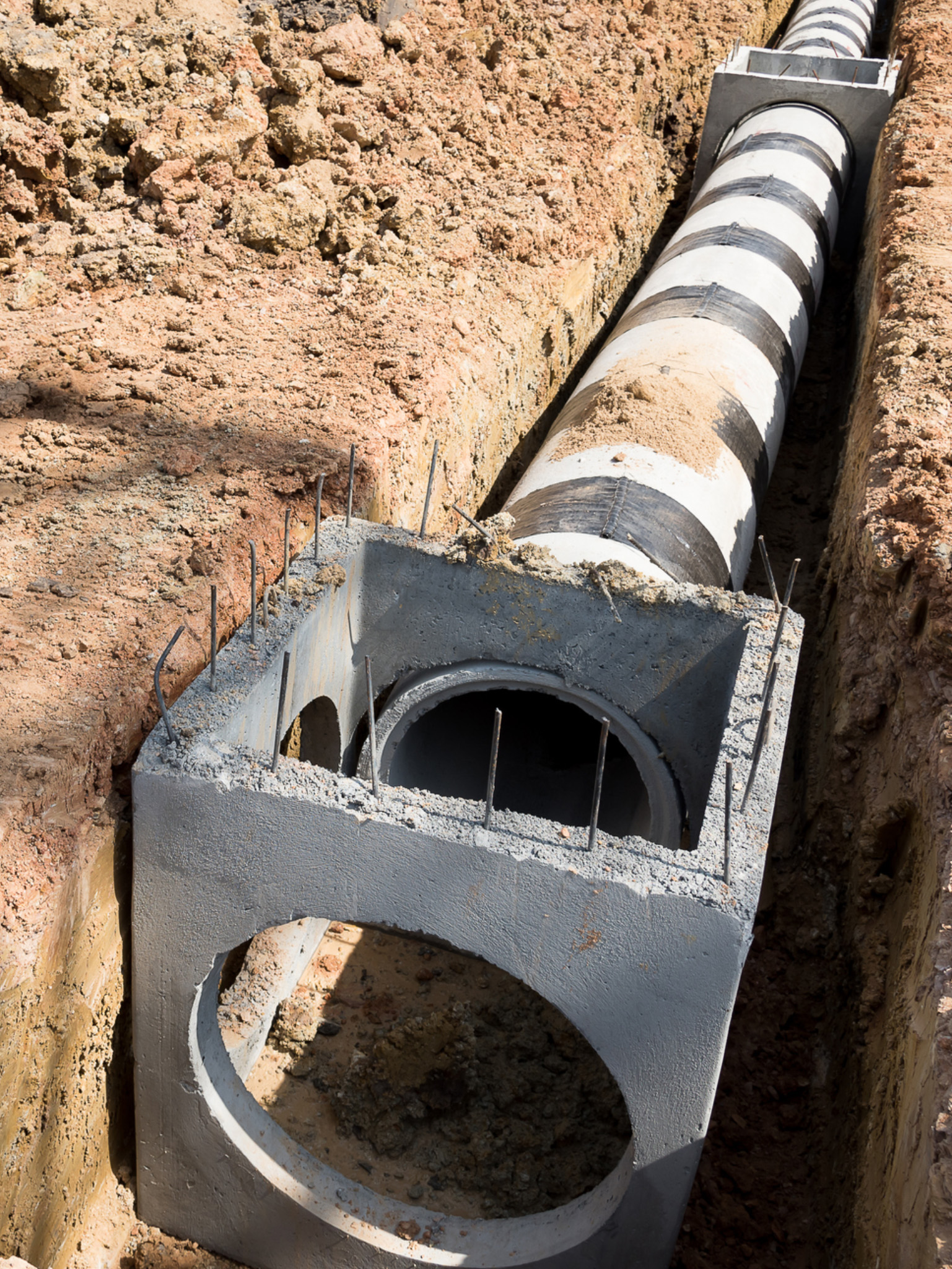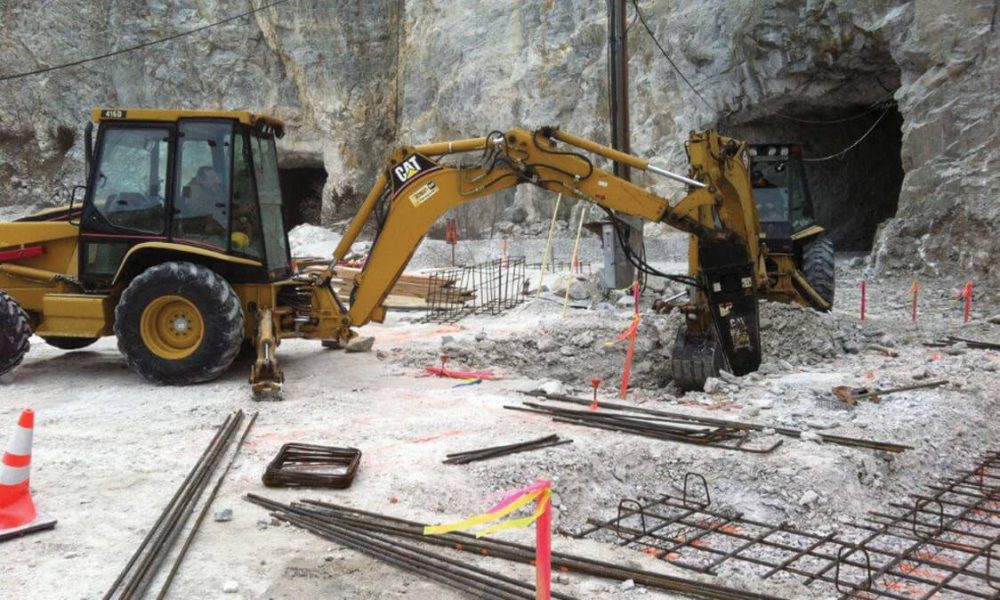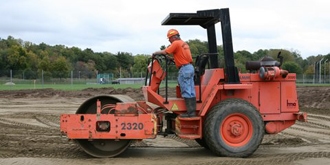Comprehensive Excavation Approaches: Mastering the Principles for Success
In the realm of building and civil design, the significance of efficient excavation methods can not be overemphasized. The careful planning, exact implementation, and precise focus to detail needed in excavation tasks demand an extensive technique that includes numerous essential elements. From initial soil evaluation to the execution of precaution and regular progress monitoring, grasping these core aspects is crucial for achieving success in any excavation endeavor. The true mastery lies not just in recognizing these principles yet in effortlessly incorporating them to navigate the complexities of excavation projects with skill.
Recognizing Excavation Task Preparation

Successful excavation tasks are improved the structure of detailed and meticulous preparation. The first phase of any kind of excavation project is the drawing board, where essential decisions are made that can significantly affect the end result of the project. Throughout this phase, it is vital to collect all relevant info concerning the site, including topographical studies, dirt composition, and any type of possible hazards that may exist. Recognizing the project range, budget plan, and timeline restraints is important for developing a comprehensive excavation plan that makes sure the task's success.
One key facet of excavation job planning is the advancement of a detailed timeline that details the sequence of tasks, due dates, and landmarks. By very carefully considering all these variables during the planning stage, excavation tasks can be performed successfully and effectively, leading to successful outcomes - lancaster trenching.
Dirt Analysis and Site Examination
Conducting complete dirt analysis and site assessment is a vital action in the preparation phase of any excavation job. Dirt evaluation entails establishing the composition, framework, and residential properties of the dirt at the excavation website. This information is essential for comprehending the soil's bearing capacity, moisture content, and potential for erosion, which are vital factors in determining the excavation methods and equipment needed for the task.
Website analysis exceeds dirt analysis and includes a wider assessment of the overall site conditions. This examination includes identifying any potential risks, such as below ground utilities, environmental concerns, or unpredictable surface, that might affect the excavation procedure. By thoroughly assessing the website, project managers can develop effective excavation methods that prioritize safety and security, efficiency, and environmental management.
Utilizing sophisticated modern technologies like ground-penetrating radar, dirt tasting, and drone studies can improve the accuracy and effectiveness of soil evaluation and site examination. Investing time and resources in these initial actions can ultimately save time and protect against costly delays or problems during the excavation process.
Equipment Choice and Use
Reliable excavation projects count greatly on calculated tools choice and application to ensure optimum efficiency and performance. Choosing the best tools for the task is crucial in making best use of effectiveness and minimizing downtime. Elements such as the sort of dirt, deepness of excavation, and project scope play a substantial role in determining one i thought about this of the most ideal tools for the job at hand.

Along with selecting the ideal tools, proper usage is key to project success. Operators must be educated to deal with the tools securely and successfully - excavating ohio. Regular maintenance checks and prompt repairs help prevent malfunctions and guarantee consistent efficiency throughout the job
Precaution and Regulations Compliance
In the realm of excavation projects, focusing on safety procedures and conformity with laws is critical to guaranteeing a legally audio and secure functional setting. Safety actions include a variety of techniques, including carrying out thorough site evaluations, executing proper signage and obstacles, and offering appropriate safety training for anonymous all employees involved in the excavation process. Adherence to policies, such as OSHA needs in the USA, guarantees that the excavation task fulfills the required requirements to safeguard workers, spectators, and the surrounding setting.

Monitoring Progress and Adjusting Methods
Just how can predict supervisors successfully track the advancement of excavation jobs and adjust their methods accordingly to enhance end results? Monitoring progress is important for making sure that excavation projects remain on track and meet due dates.

Verdict
In final thought, mastering the principles of extensive excavation strategies is essential for the success of any type of project. By recognizing task planning, assessing soil and website problems, picking proper equipment, abiding by safety guidelines, and keeping track of progression, project supervisors can ensure a efficient and smooth excavation process. Implementing these methods will certainly result in effective end results and reduce possible risks or problems throughout the excavation task.
The initial stage of any kind of excavation project is the planning phase, where critical decisions are made that can dramatically impact the result of the task. Recognizing the project timeline, range, and budget plan constraints is important for developing a thorough excavation strategy that ensures the project's success.
Exactly how can predict supervisors properly track the advancement of excavation projects and adapt their strategies accordingly to optimize outcomes? By closely keeping track of development and being ready to adapt methods, job managers can improve the general success of excavation jobs.
By comprehending job planning, evaluating soil and website conditions, picking ideal devices, complying with safety laws, and keeping an eye on progress, project supervisors can make certain a effective and smooth excavation process.
Comments on “Dump Truck Companies in Ohio - Dependable Dump Truck Services Across Ohio”